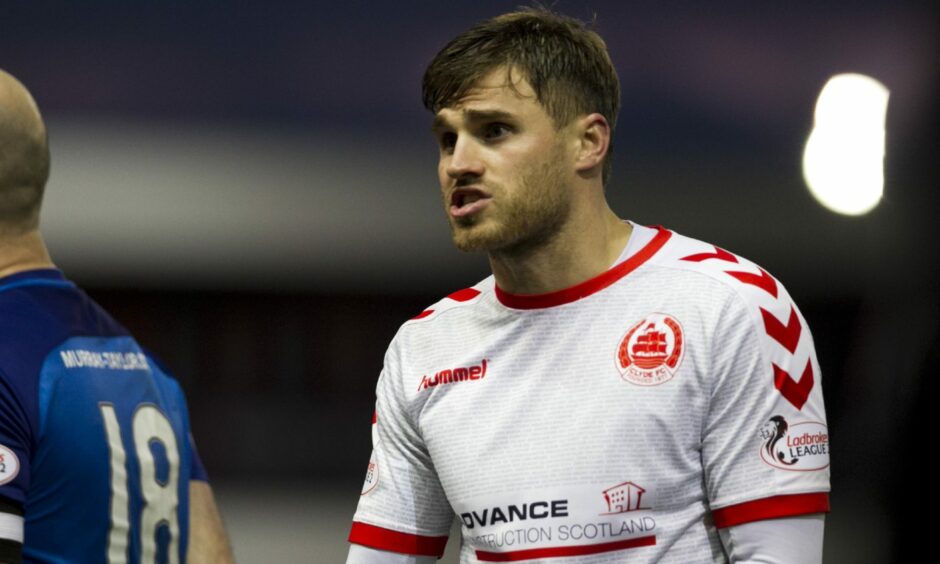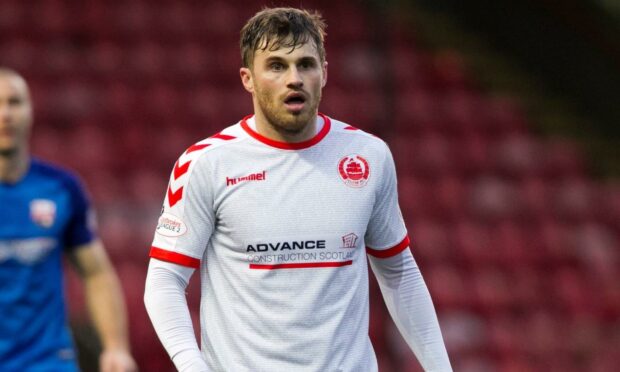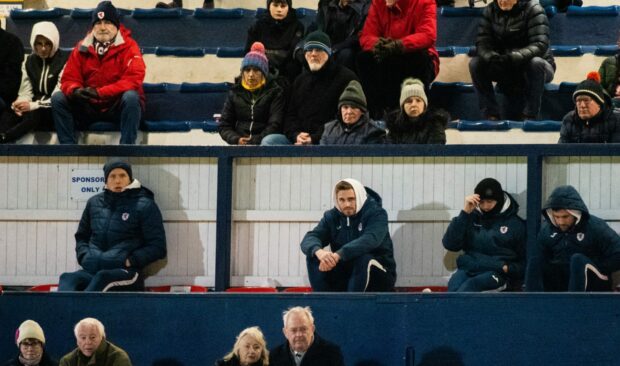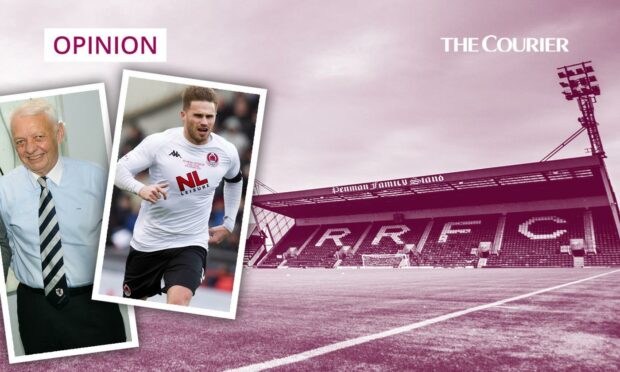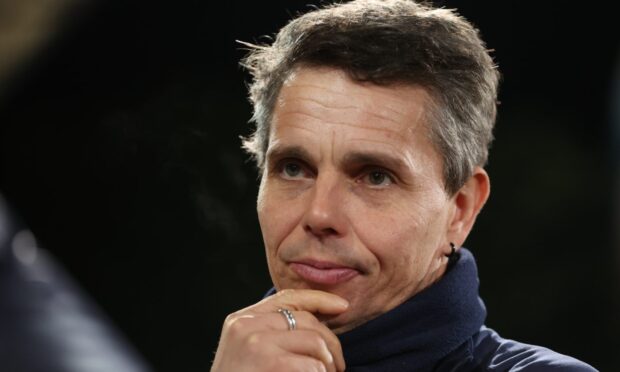Raith Rovers committed to a chastening U-turn last Thursday when they confirmed that David Goodwillie would never play for the football club.
The £50,000 signing of Goodwillie — branded a rapist by a civil court judge in 2017 — was met by widespread condemnation from supporters. A swathe of directors, volunteers and sponsors severed ties with the Fife outfit.
But, despite a climb-down by chairman John Sim, who confirmed that Raith would ‘enter into discussions with the player regarding his contractual position’, the lamentable episode is not yet over.
The Raith board are yet to answer the myriad legitimate questions regarding the transfer and have not acknowledged the impact their actions had on Goodwillie’s victim, Denise Clair.
And Goodwillie is still on the books at Stark’s Park.
For many Raith fans, the road towards closure remains in the distance until that fact changes.
So how will that be resolved?
Courier Sport discussed the challenge of parting ways with an employee with Jack Boyle, Employment Law Director with Scottish law firm Blackadders LLP.
Will the parties come to a mutual agreement?
The most common form of release in football tends to be one of ‘mutual agreement’.
After a period of discussion between the relevant parties and their legal representatives, a pay-off will be agreed to annul the existing time left on the contract of an unwanted — or unsettled — player.
Simply ‘sacking’ an individual is relatively rare.
“As part of the duty to act fairly and reasonably, an employer should assess whether there is a workable alternative to dismissal,” explained Boyle, speaking generally rather than commenting on the specifics of the Goodwillie situation.
“In cases involving third party pressure, this can be tricky as the employer might feel their hand is being forced.”
Indeed, with Goodwillie currently eight days into a two-and-a-half year deal, a mutual termination will likely be a costly, six-figure process for Rovers, even if they can avoid remunerating the entirety of his deal.
“In some situations it might be possible to move the employee away from one project and onto another,” notes Boyle. In a footballing context, that could logically be considered a loan move. The domestic window for such transfers remains open.
Whether that would be palatable to Raith Rovers supporters, and whether there are many interested clubs out there, is another matter entirely.
Could Raith Rovers sack Goodwillie outright?
The simple answer is: yes, they could attempt to.
But it could result in a lengthy period of appeals, tribunal and publicity which both Raith Rovers and Goodwillie would presumably be keen to avoid.
An employer must establish a potentially fair reason to dismiss an employee.
One of the potential justifications — and the relevant one in this case — is known as ‘some other substantial reason’ (SOSR). This covers a wide range of issues that do not fall into the other categories of ‘conduct, capability and redundancy’.
“The key requirement of SOSR is the reason is substantial,” adds Boyle. “It cannot be whimsical or capricious. One example of SOSR is where there is pressure from a third party to dismiss a particular employee.
“Reputational risk is another potentially fair reason for dismissal under SOSR. The case law suggests that there is a reasonably high bar for the employer to dismiss fairly for reputational risk.
“Other examples of SOSR include loss of trust and confidence, irretrievable breakdowns in working relations and even personality clashes.
“In order for an employer to avoid a finding of unfair dismissal in such a scenario, it must conduct a fair procedure.”
It would appear inarguable that Raith have found themselves under third party pressure.
However, as Boyle acknowledges, the fact that Goodwillie’s past actions have been well-publicised and the club had been warned of the backlash in advance makes the situation incredibly unique.
He added: “That angle would make for an interesting argument in tribunal. In all of the cases I have encountered, the issue which prompts the employer to react has been something which was sprung upon them out of the blue.”
If Raith Rovers attempt to dismiss Goodwillie, what next?
“A fair procedure would typically mean carrying out a meaningful investigation, giving the employee a fair hearing to state their case and an opportunity to respond to the employer’s concerns before any decision is made,” added Boyle.
“If the employee feels that the decision is unfair then a claim to the employment tribunal might be possible.
“Another possible claim might be breach of contract.
“It would be necessary to examine the provisions of the contract as to whether any payment is required on termination.”


